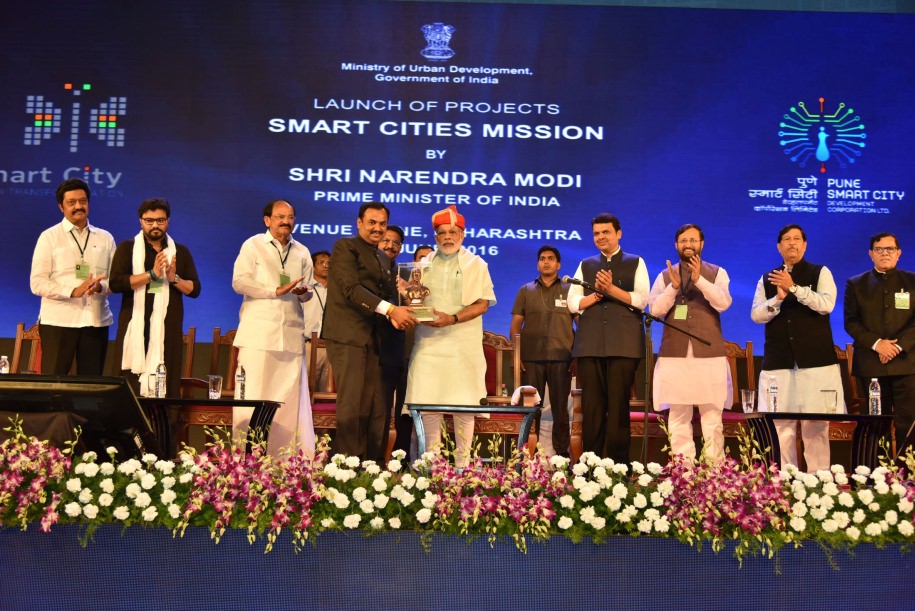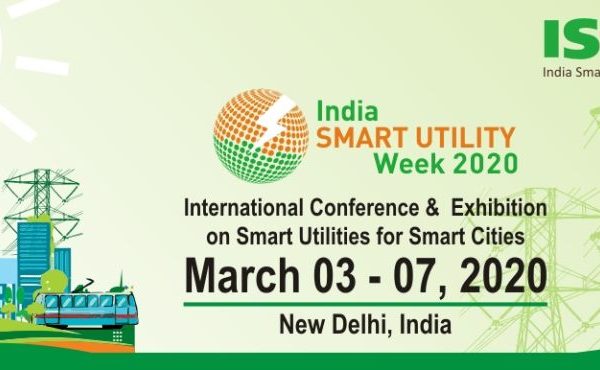Indian Smart Cities will not be Environmentally Friendly

Narendra Modi government’s far-fetched smart city plan will have a detrimental impact on the environment, a research headed by UK-based Professor of urban planning reveals.
The smart and sustainable cities, as the Indian Government is promoting the plan, could be really damaging for the environment if a larger emphasis is not worked out to provide new supporting utilities and infrastructure, researchers say.
The research headed by Hugh Byrd, Professor at the University of Lincoln, UK, made a detailed analysis of the environmental implication of planned development scheduled for Bhendi Bazaar, Mumbai. The research ‘Density, Energy and Metabolism of a proposed smart city’ was published in the Journal of Contemporary Urban Affairs.
Predictions in the research are based on the analysis of the smart city flagship proposal for Bhendi Bazaar, a 16.5-acre site in Mumbai where three to five-story buildings are planned to be replaced with over 50 storey high-rises.
Indian Government has always referred to the smart city plan as sustainable, environmentally-friendly and very smart. The research, however, reveals a different story.
The research suggests that ‘the resulting increase in population density will likely place a significant demand on various resources including, but not limited to, electricity and water. It will also result in more output of solid waste and greenhouse gases.’
According to Professor Hugh Byrd,
The pursuit of cities to become ‘smart’, ‘world-class’, ‘liveable’, ‘green’ or ‘eco’, has been promoted alongside increased population densities and urban compaction. This planning goal must reach a point where resources are inadequate for the fully functioning metabolism of a city.
In this case, the results indicate that metabolism does not increase linearly with density but accelerates instead, so the detrimental environmental impact will increase at a greater rate than the population increase,
he added.
The research highlights
In their research, Professor Byrd and the team used an ‘extended urban metabolism model’ for analysis. It provided a basis to measure the inward and outward flow of resources from the planned city.
For the analysis, the existing urban setting was compared with the proposed model. Height and number of buildings, the density of population, open spaces, landscaping, parking provisions and street frontage, all the factors were considered.
The team then arrived at the analysis after predicting the overall impact the city will have if the proposed plan is executed in Mumbai. The team suggested that Mumbai, a city that reels under black-outs, where water rationing is a common affair, and where there is no commonplace for waste treatment – an increase in population density will only increase the detrimental impact on the environment.
Conclusion
The case study of Bhendi Bazaar is an example for the other 100 proposed smart cities with respect to urban regeneration, increased density and improved image. According to the research, it does not provide answers to problems of providing adequate infrastructure to facilitate the metabolism of these developments, if they were to be replicated significantly.

